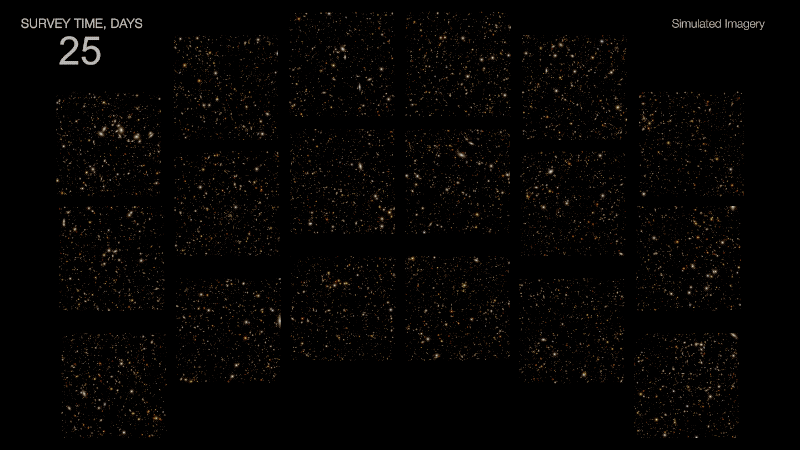Understanding South China Sea Heatwaves: Two Distinct Types Explored
Researchers from the South China Sea Institute of Oceanology in China have introduced a new classification system for marine heatwaves (MHWs) in the South China Sea. By categorizing MHWs into intensified and attenuated types based on sea surface temperature trends, the study reveals the significant role of oceanic dynamic processes in driving MHWs. This research sheds light on the complex mechanisms behind MHW evolution and provides valuable insights for marine environmental security.
Marine heatwaves (MHWs) are persistent oceanic warming events that pose threats to marine environments and ecosystems worldwide. Understanding their drivers and evolution is crucial for protecting marine environmental security.
Researchers from the South China Sea Institute of Oceanology, Chinese Academy of Sciences, China, recently published a study in Atmospheric and Oceanic Science Letters. They introduced a new classification framework to study thermal versus dynamical drivers of MHWs.
Unlike traditional schemes based on duration or intensity thresholds, this study categorizes MHWs into two types: intensified MHWs and attenuated MHWs, based on the trend of sea surface temperature during an MHW event. Intensified MHWs show a continuous rise in sea surface temperatures, while attenuated MHWs display the opposite trend. The distinct driving mechanisms of these types can be explained by combining this framework with heat budget diagnostic equations.
The study reveals that nearly half of intensified MHWs are primarily driven by oceanic dynamic processes, challenging the traditional view that MHWs are mainly due to atmospheric heating.
Dr. Rongwang Zhang, the first author, notes, \"We used to blame the atmosphere for 'baking' the ocean. Now we can see the ocean itself is a powerful heat generator, like a giant underwater mixer.\"
The study quantitatively shows the role of air-sea heat exchange in MHW evolution. In thermally dominated MHWs, the contribution rate of latent heat flux to the change in net heat flux is over 50% in all cases. The study also utilized a new air-sea heat flux dataset called CASFlux and found its performance comparable to ERA5 and NECP2.
These findings offer new insights for predicting MHW variations accurately and responding effectively to threats like coral bleaching and fisheries disasters.
According to the source: Mirage News.
What's Your Reaction?
 Like
0
Like
0
 Dislike
0
Dislike
0
 Love
0
Love
0
 Funny
0
Funny
0
 Angry
0
Angry
0
 Sad
0
Sad
0
 Wow
0
Wow
0















































































































































































